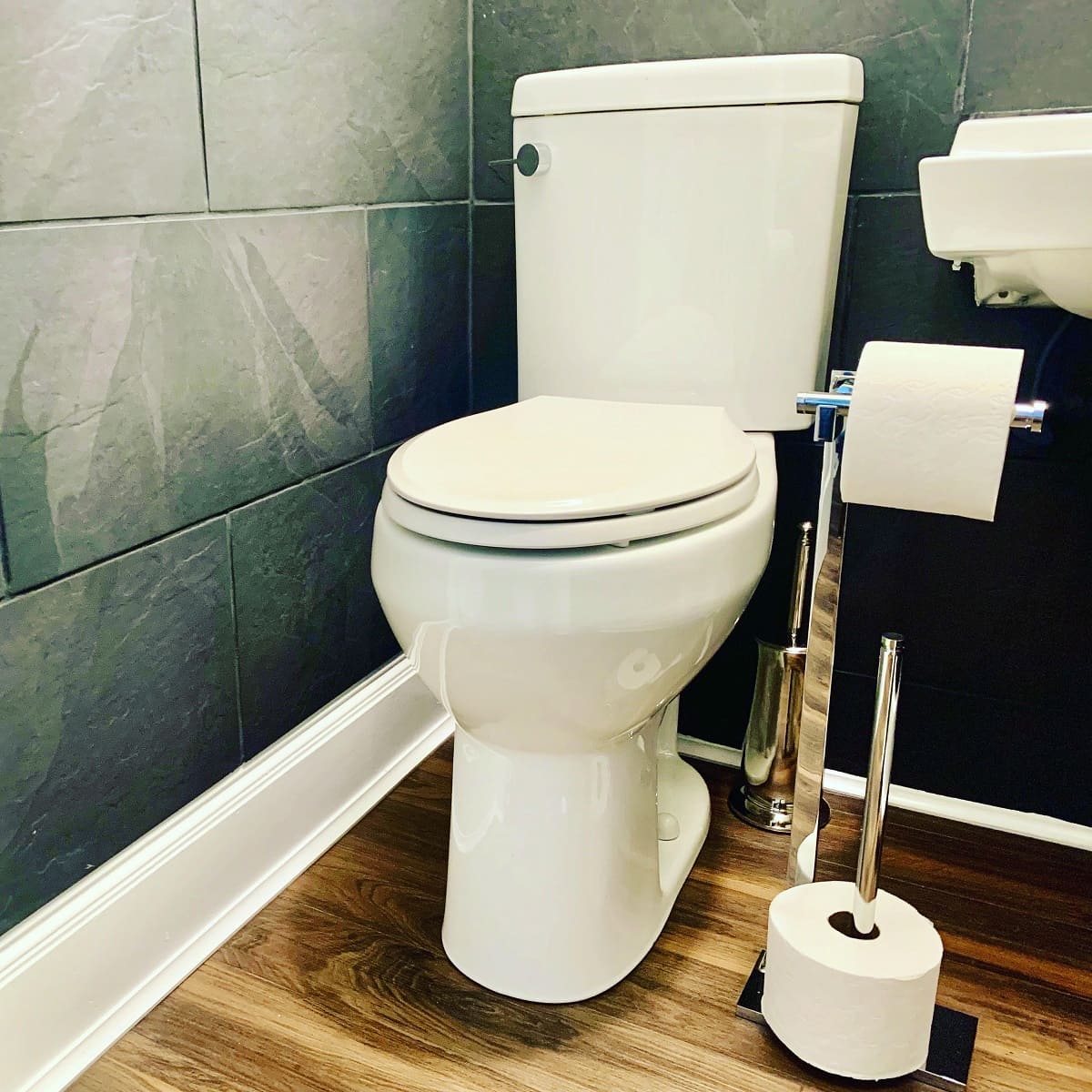

Articles
What Is The Highest Toilet
Modified: January 5, 2024
Discover the highest toilet in the world with our informative articles. Learn about its unique location and fascinating history. Start reading now!
(Many of the links in this article redirect to a specific reviewed product. Your purchase of these products through affiliate links helps to generate commission for Storables.com, at no extra cost. Learn more)
Introduction
Welcome to the fascinating world of toilets! While most people think of toilets as mundane and ordinary fixtures, there are some toilets that rise above the rest…literally. In this article, we will explore the concept of the “highest toilet” and dive into the intriguing details of these unique facilities.
When we talk about the “highest toilet,” we are referring to toilets that are constructed at high altitudes, such as on top of mountains or in extreme environments. These toilets not only provide a necessary facility for human waste disposal, but they also pose unique challenges of construction and functionality. So, let’s embark on this journey to discover the highest toilets around the world and learn about the ingenuity behind their design!
Key Takeaways:
- High altitude toilets, like the one on Mount Everest, showcase remarkable engineering and environmental responsibility, providing crucial sanitation solutions in extreme environments while preserving delicate ecosystems.
- Constructing high altitude toilets presents challenges such as extreme weather, low oxygen levels, and waste management, requiring innovative solutions to ensure functionality and sustainability.
Read more: What Is The Highest-Paid Construction Trade
Definition of a “Highest Toilet”
A “highest toilet” is more than just a whimsical notion – it refers to toilets that are situated at extreme heights or in remote and challenging locations. These toilets are typically found in areas where human settlements exist, such as high-altitude mountain bases, observatories, research stations, or even on the peaks of mountains themselves.
These toilets serve a crucial purpose in providing a sanitary means for waste disposal in places where traditional plumbing infrastructure may be impractical or nonexistent. Due to the harsh conditions and limited availability of resources in these environments, designing and constructing a functional toilet becomes a demanding task.
The main distinguishing feature of a “highest toilet” is its location at elevations significantly above sea level, where oxygen levels are lower, temperatures are extreme, and facilities for waste management are scarce. These toilets are strategically placed to accommodate the needs of climbers, scientists, and other individuals who reside or work in demanding environments.
To qualify as a “highest toilet,” the facility must meet certain criteria. It should be specifically designed to withstand the extreme conditions of its location, including high winds, freezing temperatures, and occasional avalanches. Furthermore, it should be able to effectively manage human waste while minimizing environmental impact.
While the term “highest toilet” may evoke a sense of amusement, it represents a remarkable feat of engineering and innovation. These toilets not only fulfill the basic human need for sanitation but also contribute to the preservation of delicate ecosystems by appropriately handling waste in challenging environments.
Mount Everest: The Highest Toilet in the World
When it comes to extreme altitudes, one location stands out as the epitome of the highest toilet – Mount Everest. Situated in the Himalayas, Mount Everest is the tallest mountain in the world, with its peak soaring to a staggering 29,029 feet (8,848 meters) above sea level. Scaling this formidable mountain is a dream for many climbers, but the lack of proper sanitation facilities has been a longstanding challenge.
To address this issue, the Nepal Mountaineering Association, in collaboration with environmental organizations, has made significant efforts to build and maintain toilets on Mount Everest. Over the years, several different iterations of high-altitude toilets have been developed and deployed on the mountain, providing climbers with necessary facilities to alleviate themselves during their arduous journey.
The highest toilet on Mount Everest is strategically located at the South Col, which is a high camp situated approximately 26,000 feet (7,925 meters) above sea level. This camp serves as a crucial resting point for climbers as they make their final ascent toward the summit. The toilet at the South Col is a vital amenity in helping climbers manage their bodily functions while battling extreme altitude, harsh weather conditions, and low oxygen levels.
Constructed to withstand the extreme environment, the highest toilet on Mount Everest is designed with durability and functionality in mind. It is built to endure freezing temperatures, strong winds, and even occasional avalanches. The structure is made from lightweight yet sturdy materials, designed to be portable and easily transportable to higher altitude camps as climbers progress in their ascent.
The toilet at the South Col utilizes a unique waste management system that is specially designed to minimize environmental impact. Waste is collected and treated to prevent contamination of the mountain’s fragile ecosystem. This environmentally conscious approach ensures that climbers can relieve themselves responsibly while preserving the pristine beauty of the mountain.
While Mount Everest’s highest toilet is a significant milestone in providing necessary facilities to climbers, it also highlights the importance of responsible waste management practices in extreme environments. The efforts made in constructing and maintaining these facilities serve as an example of how humans can coexist with nature even in the most challenging conditions.
Challenges of Constructing a Toilet at High Altitudes
Constructing a toilet at high altitudes presents a myriad of challenges that require careful planning, design, and engineering. These challenges arise due to the harsh environment, limited availability of resources, and the need to minimize environmental impact. Let’s explore some of the key challenges faced when building toilets in high-altitude locations.
Extreme Weather Conditions: High-altitude regions are known for their extreme weather conditions, including freezing temperatures, high winds, and heavy snowfall. These conditions can cause damage to the toilet structure and make the construction process more challenging. Architects and engineers must design toilets that can withstand these harsh conditions and remain functional even in sub-zero temperatures.
Low Oxygen Levels: At high altitudes, oxygen levels significantly drop, making it difficult for the human body to perform physical tasks. This affects not only the climbers but also the construction crew tasked with building the toilets. It is crucial to establish proper acclimatization protocols and provide adequate oxygen supply to ensure the construction team’s well-being and productivity.
Transportation and Logistics: Transporting construction materials and equipment to high-altitude locations can be complicated and costly. The rugged terrain, lack of infrastructure, and long distances make logistics a major challenge. Helicopters are often utilized to transport heavy materials, but their availability is limited, and weather conditions can restrict their operation.
Waste Management: Proper waste management is of utmost importance when constructing toilets at high altitudes. Human waste disposal must be carefully planned to minimize environmental impact and prevent pollution of delicate ecosystems. Developing efficient waste management systems that can handle the extreme conditions of high altitudes requires thoughtful design and implementation.
Sustainability and Environmental Impact: Given the fragile nature of high-altitude environments, it is essential to prioritize sustainability and minimize the environmental footprint of the toilets. The construction materials used should be lightweight, durable, and environmentally friendly. Additionally, the toilets should be designed to have minimal impact on the surrounding ecosystem, ensuring the preservation of the natural beauty and biodiversity of the area.
Maintenance and Accessibility: High-altitude toilets require regular maintenance due to the harsh conditions they endure. This includes repairing any damages caused by extreme weather or natural phenomena. Moreover, accessibility to these toilets must be ensured, considering the fluctuating terrain and the physical challenges faced by climbers and researchers in these remote locations.
Despite the numerous challenges, constructing toilets at high altitudes is crucial for providing proper sanitary facilities to climbers, researchers, and individuals stationed in extreme environments. Overcoming these challenges requires a multidisciplinary approach, involving architects, engineers, environmental experts, and local communities to ensure the successful development and maintenance of these vital facilities.
When looking for the highest toilet, consider visiting the Burj Khalifa in Dubai, which has the highest restroom located on the 148th floor at a height of 1,821 feet.
The Design and Functionality of the Mount Everest Toilet
The design and functionality of the Mount Everest toilet are meticulously crafted to cater to the unique needs and challenges posed by the extreme altitude and harsh conditions on the mountain. Let’s delve into the details of how this toilet is designed to provide functionality, durability, and environmental responsibility.
Structural Design: The Mount Everest toilet is constructed using lightweight materials that are durable and able to withstand the severe weather conditions. The structure is engineered to be portable and easily transportable to higher camps as climbers make their ascent. It is carefully designed to be resistant to strong winds, freezing temperatures, and occasional avalanches that are common in high-altitude environments.
Sanitation Systems: The toilet incorporates innovative sanitation systems to responsibly manage human waste. The waste is collected and treated to prevent environmental contamination. Specialized equipment and processes are employed to ensure that waste is safely disposed of or transported down the mountain for proper treatment. These systems are designed to reduce the impact on the delicate ecosystem of Mount Everest.
Hygiene and Comfort: Maintaining hygiene is paramount in such a challenging environment. The Mount Everest toilet is equipped with amenities to promote cleanliness and hygiene. Hand sanitizers, biodegradable toilet papers, and washing facilities are provided to ensure climbers can maintain sanitation practices despite the extreme conditions.
Oxygen Supply: Given the high altitude, low oxygen levels pose additional challenges for climbers. The Mount Everest toilet is equipped with oxygen supply systems to help climbers alleviate the effects of altitude sickness and ensure their well-being. This feature is crucial in providing a safe and comfortable experience for climbers using the restroom facilities.
Environmental Sustainability: The Mount Everest toilet is designed with environmental responsibility in mind. It follows the principles of Leave No Trace, meaning it leaves minimal impact on the mountain’s ecosystem. Waste management systems are carefully implemented to minimize pollution and preserve the natural beauty of the surroundings. Additionally, eco-friendly materials and practices are employed to minimize the carbon footprint of the toilet.
Accessibility: The Mount Everest toilet is strategically located at the South Col, a high camp where climbers rest before their final ascent to the summit. Its location ensures easy accessibility for climbers, reducing the risk of altitude sickness and contributing to their overall well-being. The toilet’s design takes into account the physical challenges faced by climbers, providing a comfortable and convenient facility despite the extreme conditions.
The design and functionality of the Mount Everest toilet exemplify the remarkable ingenuity and engineering expertise required to create a functional and sustainable sanitation facility in one of the world’s harshest environments. The integration of innovative features ensures that climbers can attend to their bodily needs responsibly while preserving the sanctity of the mountain and respecting the delicate ecosystem that surrounds it.
Read more: What Is The Highest-Paid Construction Job
Other Notable High Altitude Toilets
While the Mount Everest toilet holds the distinction of being the highest toilet in the world, there are several other notable high altitude toilets that deserve recognition. These toilets are found in various locations around the globe and serve as essential facilities for those working and exploring in extreme environments. Let’s explore a few of these remarkable installations:
Cho Oyu Base Camp Toilet (Himalayas, Nepal): Located at an elevation of 17,700 feet (5,400 meters), the Cho Oyu Base Camp toilet caters to climbers and mountaineers embarking on expeditions to the sixth highest mountain in the world. This toilet is built with similar considerations as the Mount Everest toilet, incorporating durability, functionality, and responsible waste management practices.
Antarctic Research Station Toilet (Antarctica): The research stations in Antarctica, such as the Amundsen-Scott South Pole Station, are home to brave scientists and researchers in one of the most inhospitable places on Earth. The toilets in these stations are designed to withstand extreme cold temperatures, high winds, and isolation. They incorporate advanced waste treatment systems to minimize environmental impact and ensure the preservation of Antarctica’s pristine ecosystem.
High Camp Toilets in the Andes (South America): Several high altitude toilets can be found in the Andes mountain range, which stretches across several countries in South America. These toilets are strategically positioned along popular trekking routes and mountaineering expeditions. They offer a vital respite for climbers ascending peaks like Aconcagua and Huascaran, providing them with much-needed sanitary facilities at altitudes exceeding 18,000 feet (5,500 meters).
Meteorological Observatory Toilets (Various Locations): Meteorological observatories are often located in remote and mountainous regions, where observing weather patterns is crucial. These observatories house scientists and staff who require reliable and functional toilets to carry out their work. These high altitude toilets are built to withstand harsh conditions and are designed with durability and sustainability in mind.
High Altitude Tea House Toilets (Himalayas, Nepal and Tibet): Tea houses are popular resting points along trekking routes in the Himalayas, providing accommodations and sustenance to trekkers. Many tea houses in high altitude regions have toilets available for visitors. While these toilets may not be as sophisticated as those found in research stations or base camps, they play a vital role in providing a basic level of sanitation to trekkers and travelers exploring the Himalayan region.
These notable high altitude toilets showcase the immense efforts taken to ensure human comfort, sanitation, and environmental responsibility in extreme environments. From Antarctica to the Himalayas, these facilities serve a vital purpose for climbers, researchers, and adventurers, making their journeys safer and more accessible while respecting the delicate ecosystems they inhabit.
Conclusion
The world of high altitude toilets is a captivating one, showcasing remarkable feats of engineering, innovation, and environmental responsibility. From the highest toilet on Mount Everest to the remote research stations in Antarctica, these facilities play a crucial role in providing necessary sanitation solutions in some of the most extreme environments on our planet.
Constructing toilets at high altitudes poses a plethora of challenges – from the harsh weather conditions and limited resources to the need for sustainable waste management and accessibility. However, through the collective efforts of architects, engineers, environmental experts, and local communities, these challenges have been met with ingenuity and determination.
The design and functionality of high altitude toilets demonstrate careful consideration for the unique demands of extreme environments. These toilets are built to withstand freezing temperatures, strong winds, and avalanches, while providing cleanliness and hygiene for climbers, scientists, and adventurers alike.
Environmental sustainability is a key focus when constructing high altitude toilets. Waste management systems are specifically designed to minimize pollution and protect fragile ecosystems. Biodegradable materials, responsible waste treatment, and adherence to Leave No Trace principles ensure that these facilities have minimal impact on the surrounding environment.
Furthermore, high altitude toilets not only serve their practical purpose but also contribute to the overall well-being and safety of individuals working and exploring in these remote locations. They provide comfort, convenience, and alleviate health risks associated with improper waste disposal and hygiene practices at high altitudes.
As we conclude our exploration into the world of highest toilets, it is evident that these facilities exemplify human ingenuity and our ability to adapt to even the most challenging environments. They symbolize our responsibility to coexist with nature, respecting the delicate ecosystems and preserving the beauty of our planet.
So the next time you find yourself marveling at the highest peaks or embarking on a high-altitude adventure, take a moment to appreciate the remarkable toilets that exist in these locations, silently serving their purpose in ensuring cleanliness and sustainability in the most extraordinary of circumstances.
Frequently Asked Questions about What Is The Highest Toilet
Was this page helpful?
At Storables.com, we guarantee accurate and reliable information. Our content, validated by Expert Board Contributors, is crafted following stringent Editorial Policies. We're committed to providing you with well-researched, expert-backed insights for all your informational needs.

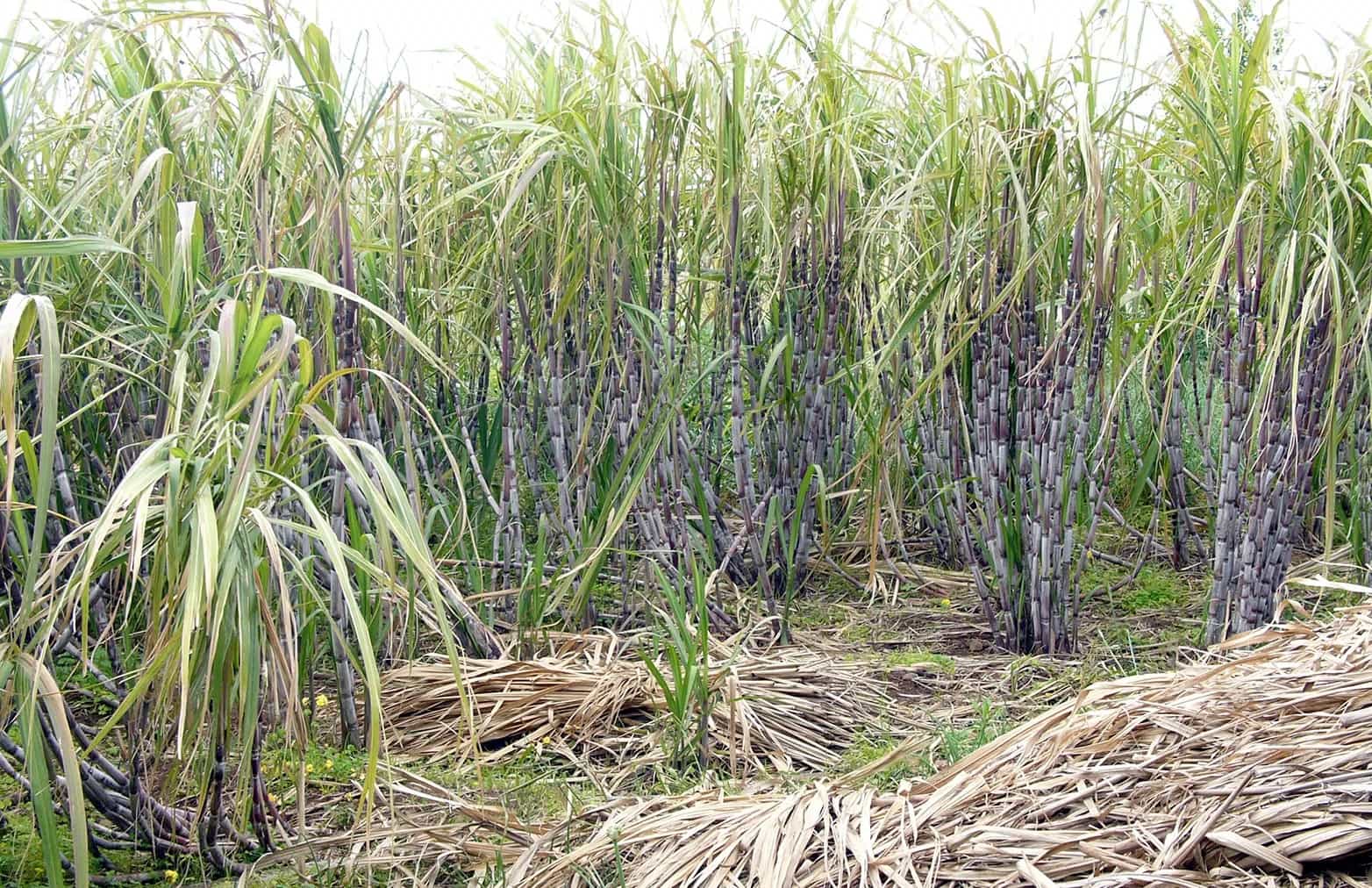



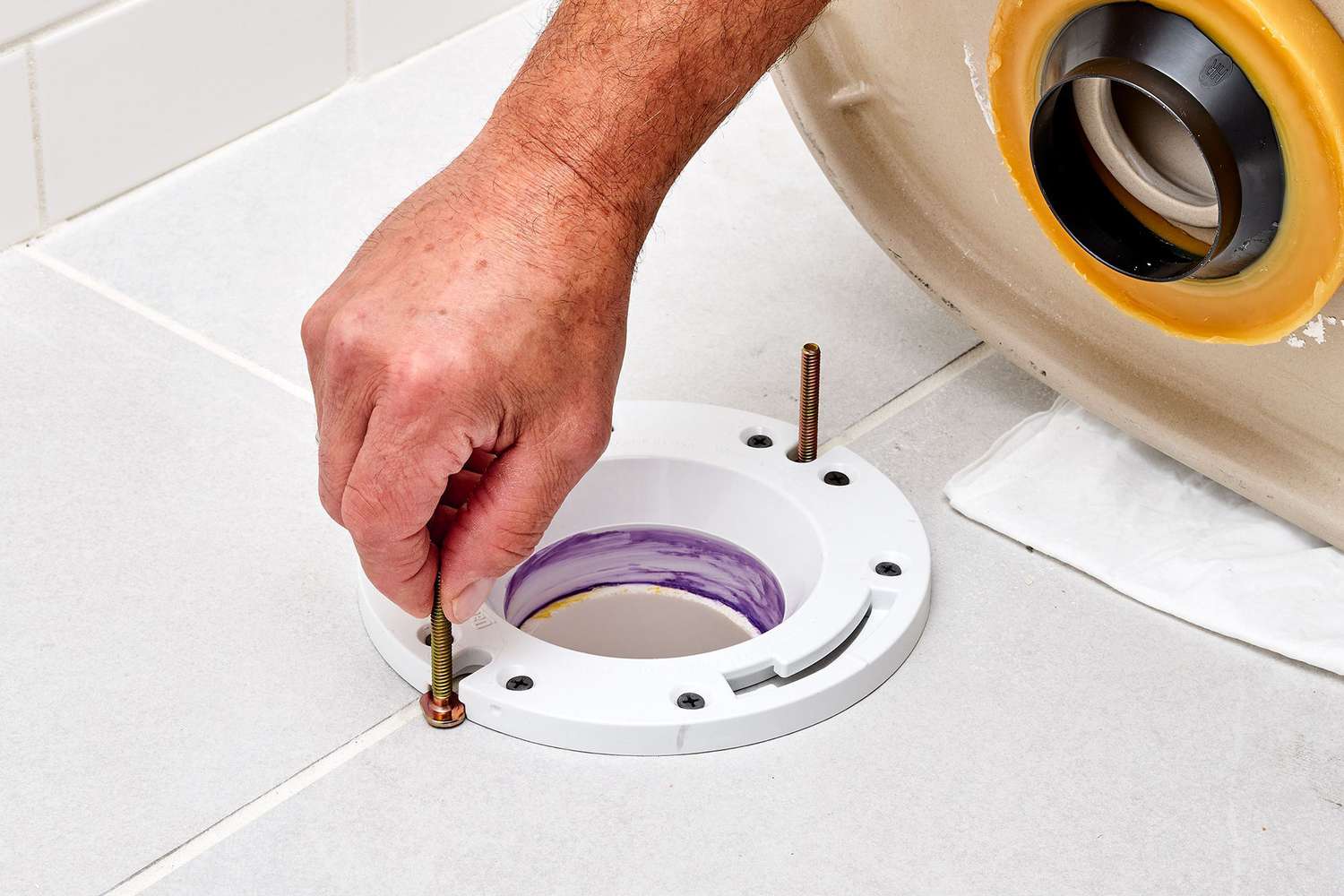
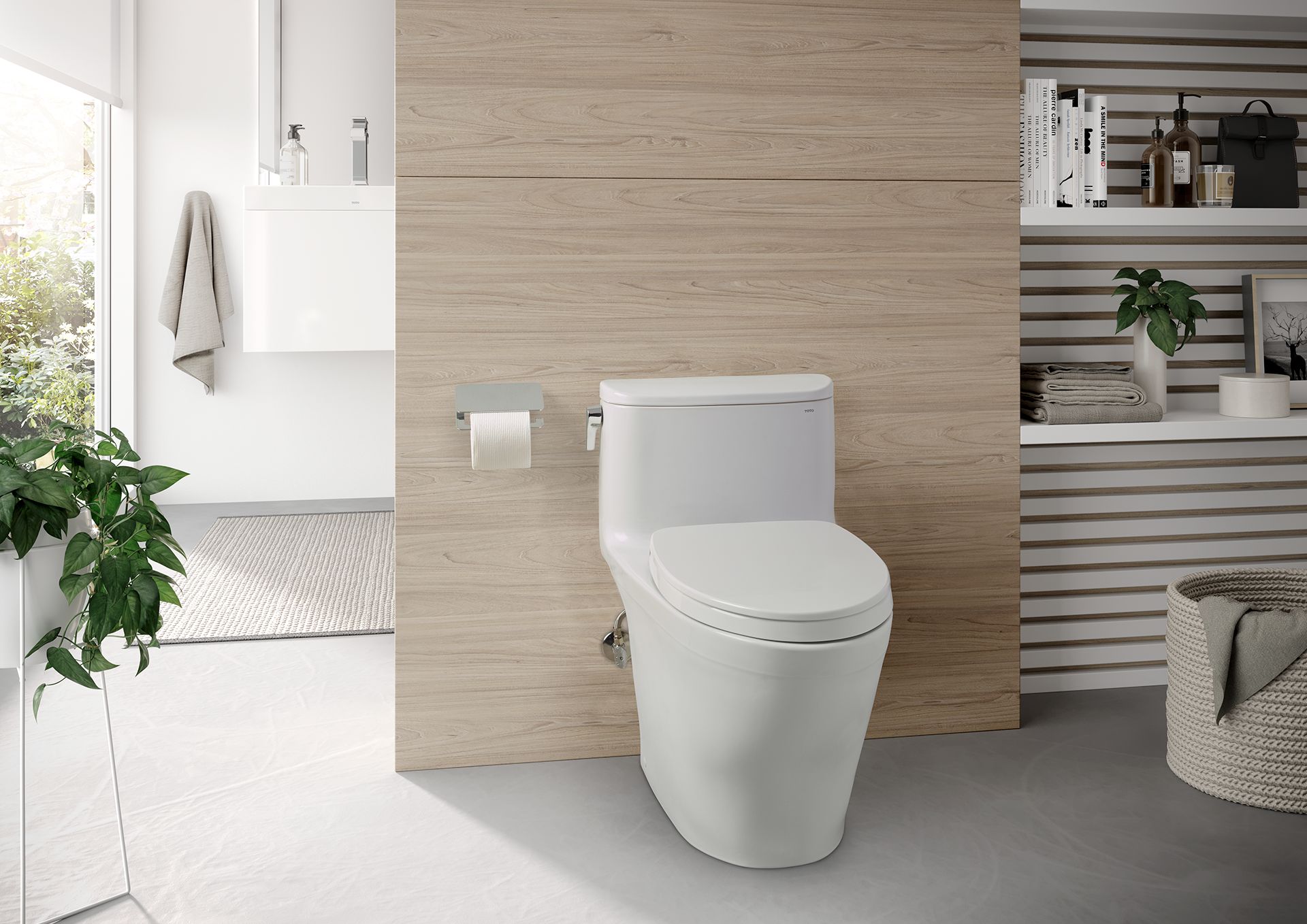
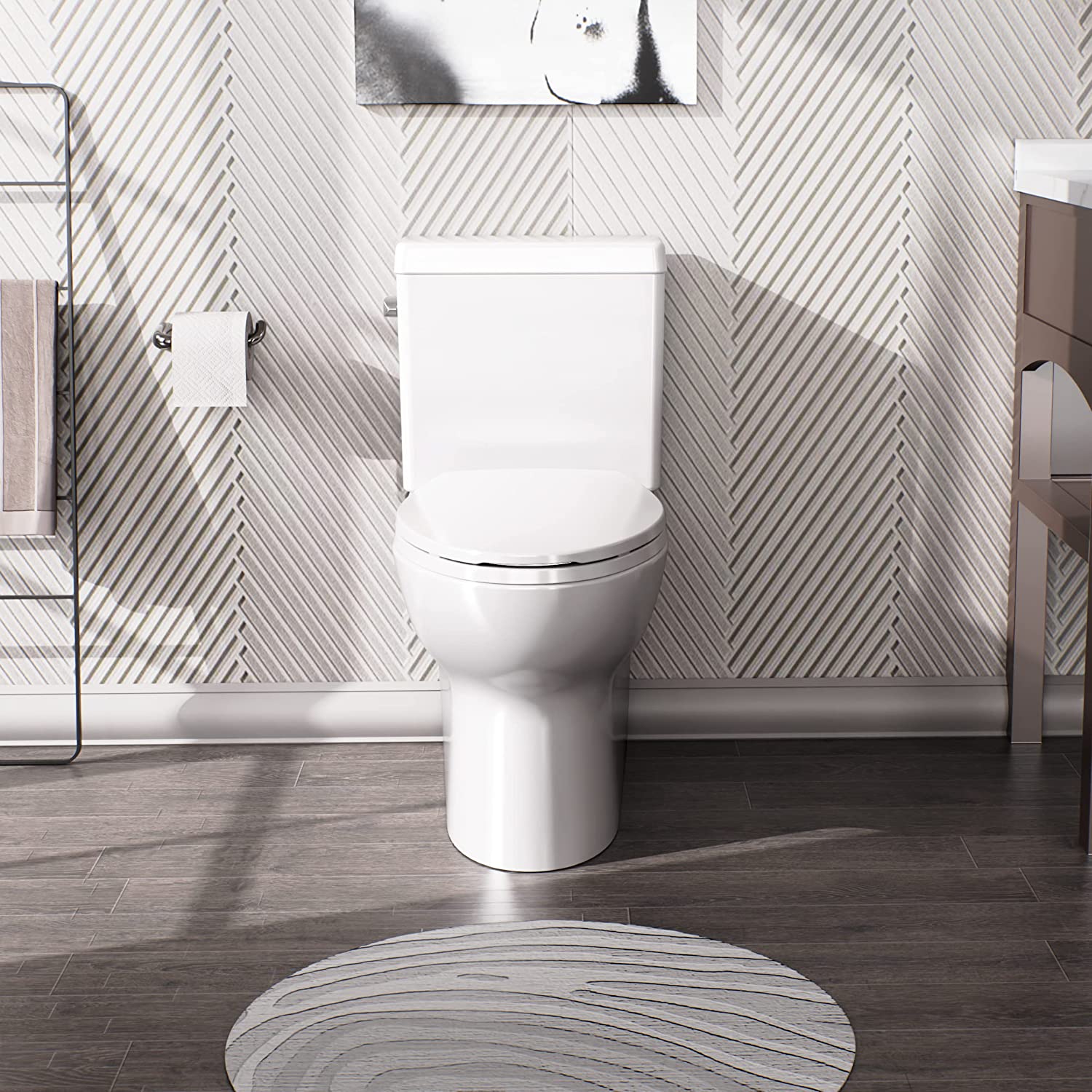


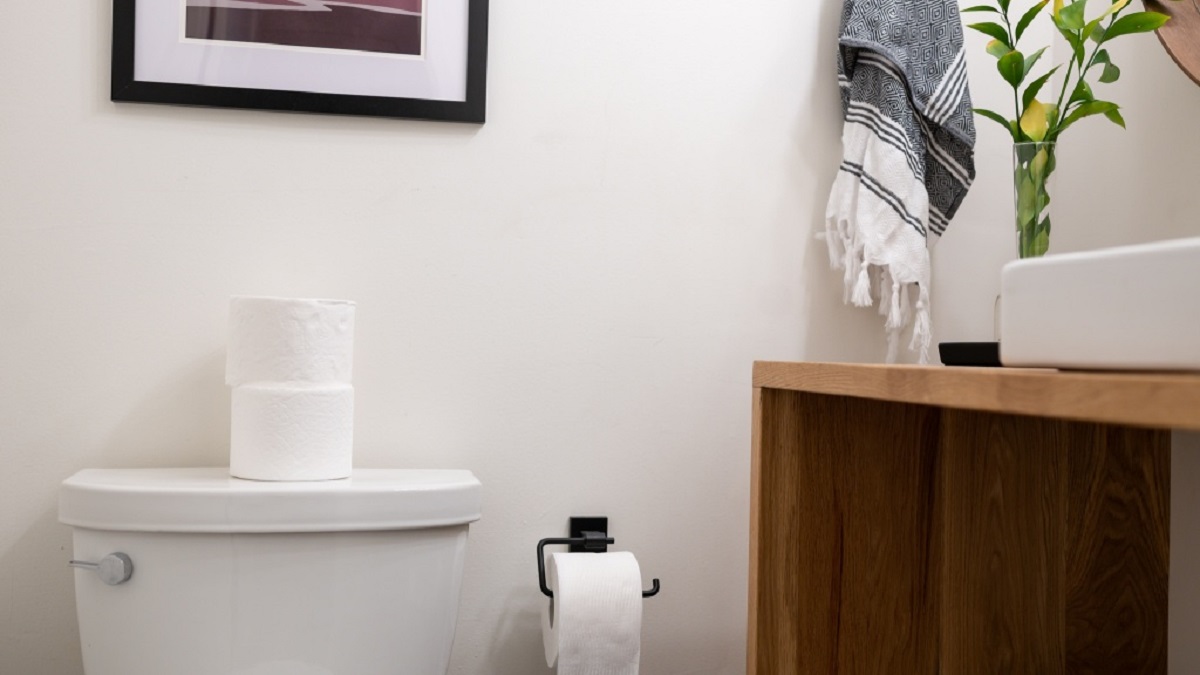

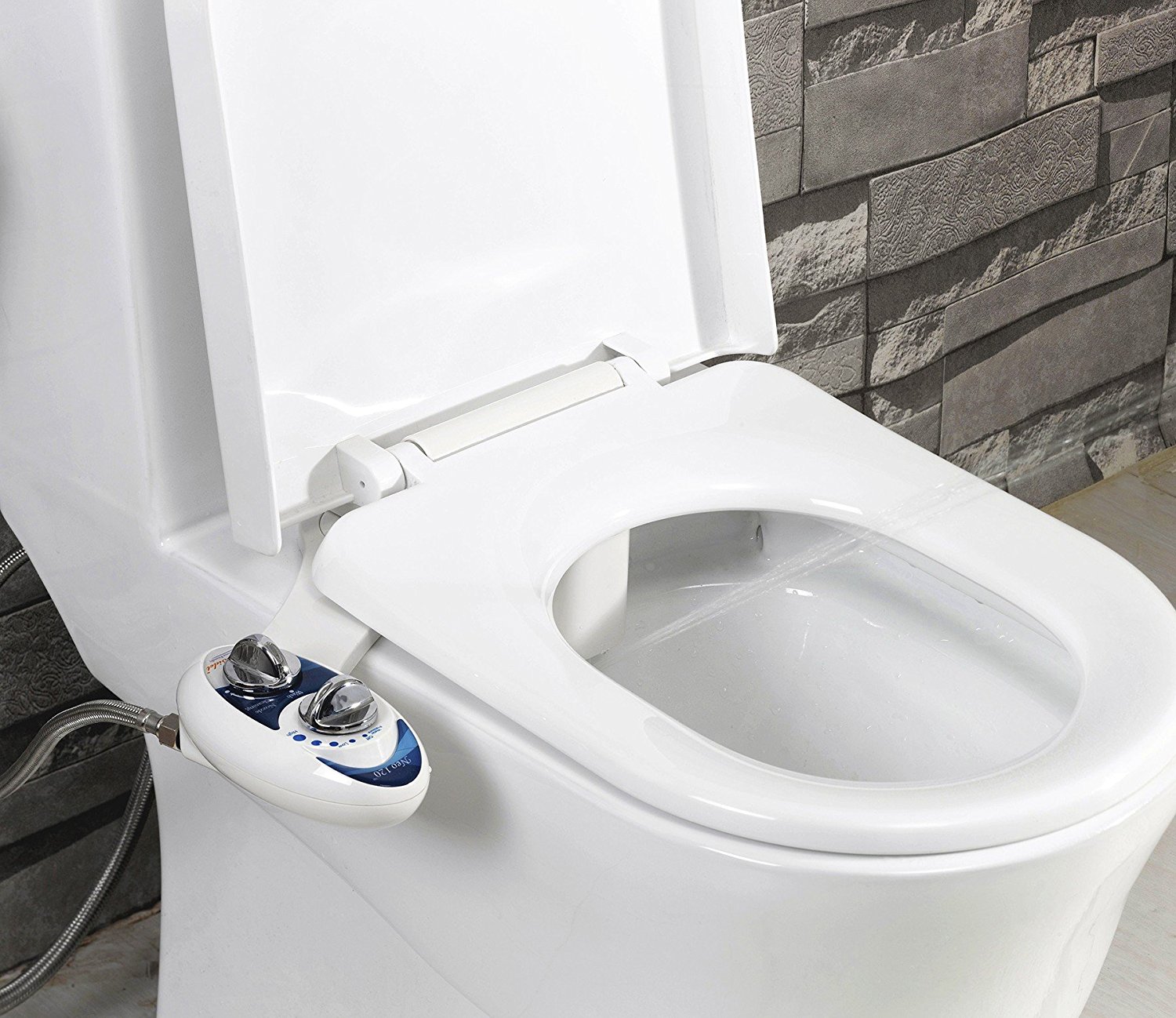


0 thoughts on “What Is The Highest Toilet”